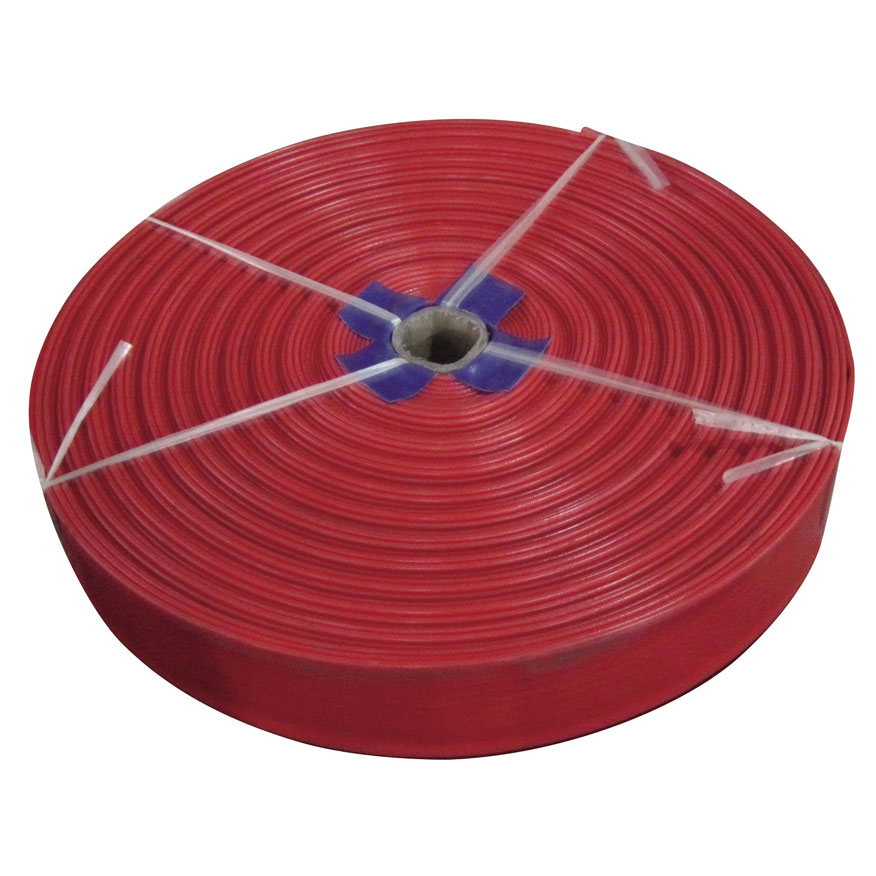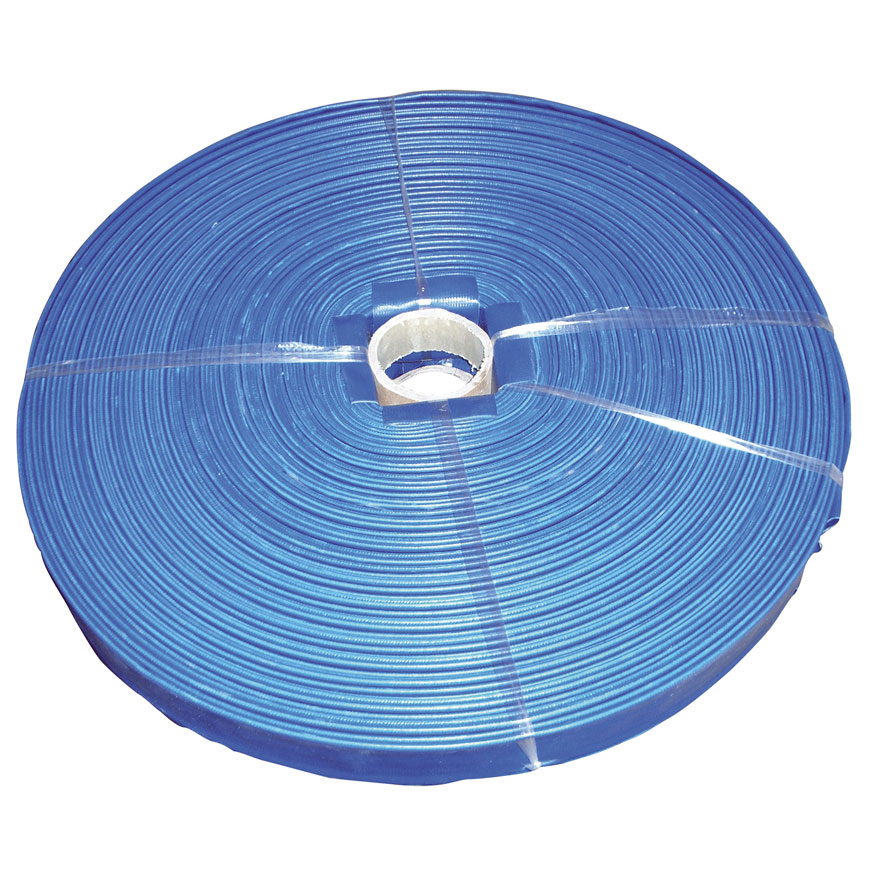As efficient water management becomes increasingly critical in agriculture, flat irrigation pipe has emerged as a key component in various irrigation systems. Its flexible structure, durability, and adaptability have made it a preferred choice for farmers, horticulturists, and landscapers across different terrains and crop types.

One of the most common applications of flat irrigation pipe is in large-scale row crop farming. In expansive fields where crops like corn, wheat, cotton, or soybeans are grown, water needs to be distributed evenly and efficiently across long distances. Traditional rigid piping systems can be expensive and difficult to install or relocate, especially in fields with seasonal changes.
Flat irrigation pipe provides a practical solution due to its lightweight, roll-flat design, which allows for rapid deployment and collection. Farmers can connect flat irrigation pipes to drip tape or sprinkler heads for precise water delivery, minimizing evaporation and runoff. This makes it ideal for regions facing water scarcity, where every drop counts.

In controlled environments like greenhouses and high tunnels, precision and space management are vital. Here, flat irrigation pipe offers significant advantages. Its compact form when not in use and its flexibility during installation make it a great fit for confined spaces.
Within greenhouses, flat irrigation pipe can serve as the mainline or sub-mainline, distributing water to micro-sprinklers, misters, or drip emitters. The pipe can easily navigate around structural frames or bench systems, ensuring uniform irrigation across all plant zones. Additionally, its durability ensures consistent performance in the warm and humid greenhouse climate, where other materials may degrade more quickly.
Fruit orchards and vineyards often require customized irrigation systems to address varying plant spacing, terrain slopes, and root depth. Flat irrigation pipe offers the adaptability needed in such complex agricultural settings. It can be laid along tree lines or vine rows to feed drip emitters that deliver water directly to the root zone.
Because of its high tensile strength and resistance to UV and weather exposure, flat irrigation pipe can be left in place throughout the growing season without risk of damage. When needed, it can also be moved and reused, reducing long-term infrastructure costs. This flexibility and reusability are especially beneficial in perennial crop systems.
Seasonal or short-cycle crops such as vegetables, herbs, or flowers require irrigation systems that are quick to install, efficient to operate, and easy to dismantle after harvest. Flat irrigation pipe is the ideal choice for such applications.
Farmers and growers can rapidly deploy flat irrigation pipe at the beginning of the season and retrieve them just as quickly once the crop cycle is complete. The pipe’s roll-flat nature reduces storage space requirements and simplifies transportation between fields. Moreover, its compatibility with various fittings and connectors allows for a wide range of temporary configurations, ensuring that water reaches every corner of the planting area.
Beyond agriculture, flat irrigation pipe also plays a role in emergency and temporary water delivery solutions. In remote or rural areas where permanent infrastructure is lacking, these pipes are used to transport water from wells, rivers, or reservoirs to fields, livestock areas, or even communities.
Due to it's collapsible and lightweight form, flat irrigation pipe is easy to carry and install, even in areas with limited access. Humanitarian organizations, development agencies, and agricultural extension services often use them in drought-relief operations, where rapid water distribution can make a critical difference in crop survival and food security.
By understanding and utilizing the full potential of flat irrigation pipe, farmers and growers can build more resilient irrigation systems—ones that support high yields, conserve water, and ensure long-term agricultural success across diverse environments.